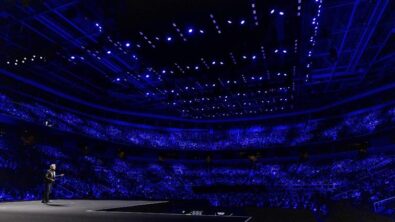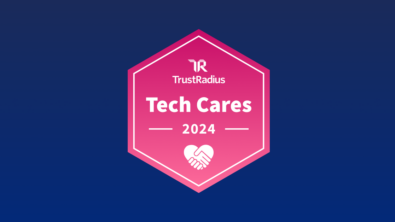Corporate
50 Percent of the Planet’s R&D Spend Comes From the Largest 1k Companies
Sitting in a presentation by Barry Jaruzelski, partner and CMO of Booz & Company, reminded me of an HBR article from business school. The article outlined the three categories market leaders fall...
Sitting in a presentation by Barry Jaruzelski, partner and CMO of Booz & Company, reminded me of an HBR article from business school. The article outlined the three categories market leaders fall into: customer intimate, product excellence or operational efficiency. It noted leading companies focus their culture on one.
Barry shared with executives at this event some insights from their innovation study, “Beyond Borders: The Global Innovation 1000.” (Download here). Like the article I mentioned above, Barry said their research shows leading companies fit in one of three distinct innovation strategies:
- Need Seekers are first movers with a deep understanding of customer use and needs.
- Market Readers are second movers, fast followers, and spend half as much on R&D as need seekers.
- Technology Drivers drive innovation via technological achievement, breakthroughs.

The study noted the top three spenders by industry are: computing and electronics (29%), healthcare (22%), and automotive (16%). The top 10 companies were:
- Toyota
- General Motors
- Pfizer
- Nokia
- Johnson & Johnson
- Ford
- Microsoft
- Roche Holding AG
- Samsung Electronics
- GlaxoSmithkline
A key finding is that R&D spend doesn’t directly correlate to how a company performs. But the research did indicate that you can be too rich or too think. Spending much less than the industry median does lead to consistently lower performance.
What mattered perhaps more than R&D spend was the innovation process and culture. Many of the most innovative companies we all know spend a smaller percent of sales on R&D than the rest of the industry. But they’ve aligned their innovation strategy with their corporate strategy.
Key takeaways from Barry’s presentation:
- World’s top 1,000 companies = half of the world’s R&D spend.
- High-tech companies have some of the highest RD investment levels and growth rates.
- R&D spend is not necessarily correlated to financial performance.
- Funnel v tunnel – most successful models put a lot of ideas into pipeline then ruthlessly terminate low potential ones.
- Deep customer and end user understanding is a real advantage.
- A disciplined internal consistent innovation model is critical.


